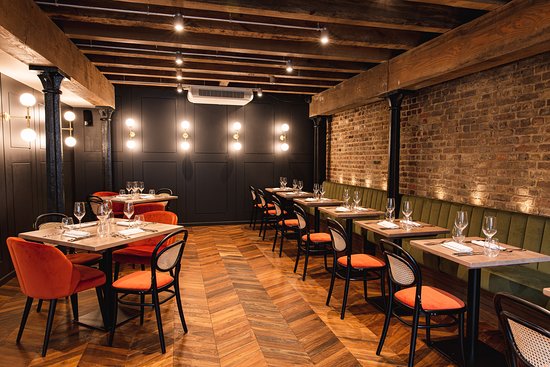Restaurant Job Websites
Virtual restaurants, which are online-only businesses that have no physical outlets, have existed for a long time alongside third-party delivery platforms like UberEats or DoorDash. However, the pandemic has drastically expanded its reach and altered the dominant business model. Virtual restaurant concepts in the past were often vertically integrated. For example, Maple and Green Summit owned and operated their own ghost kitchens. In some cases, they even provided delivery. Next bite and Franklin Junction saw a surge in interest in 2020. These businesses connect virtual brands with independent restaurants that have additional kitchen capacity. The latter can often fulfill delivery orders for different virtual brands. Restaurant operators looked to new brands for survival as a way to increase their capacity.
These new brands are very simple in design and focus on QSR items that travel well. Chicken wings are particularly popular across major U.S. delivery platforms. These brands are easily searchable in the app. This is a nod to the many commodity product manufacturers that can be found on Amazon for items such as phone chargers and selfie sticks. Virtual restaurants are more flexible than brick-and-mortar restaurants because they have lower startup costs and allow for easier menu optimization. Virtual brands that were successful in 2020 focused mainly on highly-popular items. Often, there are only one or two signature items per brand. These items can easily be sourced from a variety of kitchens and can be produced quickly. These brands are designed to feed hungry customers by allowing them to order specific items via apps.
These virtual brands have been a dominant topic in the delivery debate for the past year and a quarter. However, it isn't clear if this trend will last or if it is a shift in restaurant business models. The demand for delivery by consumers is not declining. It is less about whether they will stop requesting delivery wings and more about how and where those wings are prepared. There are still dedicated ghost kitchens being built. These could be significantly more efficient for the long-term delivery of most commodities, especially as automation investments increase.
The question in any city is whether it's more efficient to make wings, pizza, or pad thai than producing them at lower prices and delivery times. There are many small kitchens, or there may be a few larger, more centrally-controlled, automated facilities. As the pandemic ends, the spare capacity of independent restaurants will shrink. Additionally, virtual brands may make it more difficult for independent restaurants to afford to operate their own kitchens.
A look at the wider retail industry can help you understand the future direction of the restaurant industry. There have been dozens of online-only, direct-to-consumer retail companies over the past 10 years. Many have closed down or were acquired. The remaining leaders have shifted to an omnichannel approach that combines apps and delivery with a limited number of physical stores. These stores are a key component of brand marketing. They create memorable experiences that encourage repeat business, much like a great restaurant. Online-only sellers of consumer goods have seen an increase, although they are not branded. Price and search engine optimization are the main differentiators.
As virtual brands and ghost kitchens grow, a similar trend could be seen in the restaurant sector. Omnichannel operators could replace premium fast-casual brands with omnichannel ones that combine in-store presentations with dedicated apps, activities, such as cooking classes and shoppable recipes. This will foster long-term engagement. A host of daily delivery times could be made more commodified with highly optimized facilities producing a variety of low-priced, fast favorites.
Know more at Restaurant websites.

